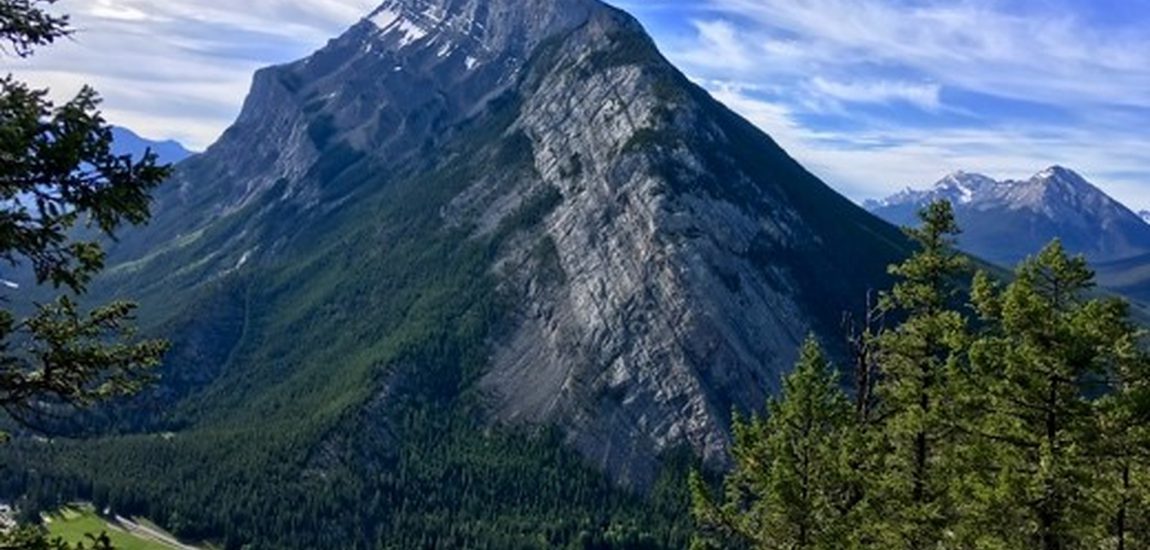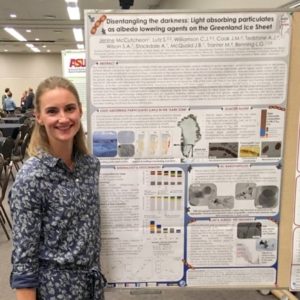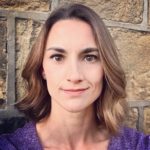
“Great science, friendly community, and mountain views”: Geobiology in beautiful Banff

I was excited to attend the 2nd Geobiology Society Conference because it is a very topic-focused meeting, bringing together many leading and emerging experts in the field. Additionally, this meeting has a particular interest in highlighting the research of young scientists, making it an ideal target for the EAG early career funding.
The meeting was hosted at the Banff Conference Centre in beautiful Banff, Alberta, Canada. It provided me with a great opportunity to reconnect with former collaborators as well as meet new members of the geobiology community (meeting old colleagues began even before the conference started, as I met a former supervisor in the airport). The drive from the Calgary airport to Banff provides you with a fantastic view of the Rockies, which I made sure to explore each morning before the conference started.
Right from the icebreaker on the first evening, I found the meeting atmosphere very encouraging and inclusive, which fostered a number of lively discussions over the next four days. One aspect of this meeting that struck me was the quality of the new science being highlighted, providing glimpses of the exciting directions this field will explore in the coming years. The relaxed yet energetic atmosphere extended from the afternoon Q&A sessions into the evening posters. I presented a poster on my postdoctoral research, resulting in many interesting discussions about my project. These conversations often drifted down into the Banff town centre, where the long hours of mountain daylight keep local establishments busy in the evenings with scientists and tourists alike.
Attending this meeting presented a particular draw for me because, after studying and working abroad for six years, I will soon be returning home to Canada to start my own research group. This conference provided a timely opportunity for me to reconnect with members of the Canadian geobiology community and discuss potential collaborations. In addition to great science presentations, there was also a grant writing information session targeting early career researchers aiming to secure their first large grants in Canada. I found this session extremely valuable and will put the information to good use as I write my own grant proposals.
Overall, I enjoyed the Geobiology Society Conference from both a personal and professional standpoint, and I am incredibly grateful for the EAG funding that enabled me to attend this meeting. I would certainly recommend the Geobiology Society Conference to others, especially ECRs. Be prepared for long days – nine hours of talks per day, plus posters – but the great science, friendly community, and mountain views make for a very rewarding experience.
About the author
Jenine McCutcheon is a geomicrobiologist and uses a range of microscopy and spectroscopy techniques to study microbe-mineral interactions in natural and engineered environments. Jenine is currently a postdoctoral research associate in the School of Earth and Environment at the University of Leeds working on a project called ‘Black and Bloom’, examining the role of glacier algae and other impurities in the darkening and melting of the Greenland Ice Sheet.

